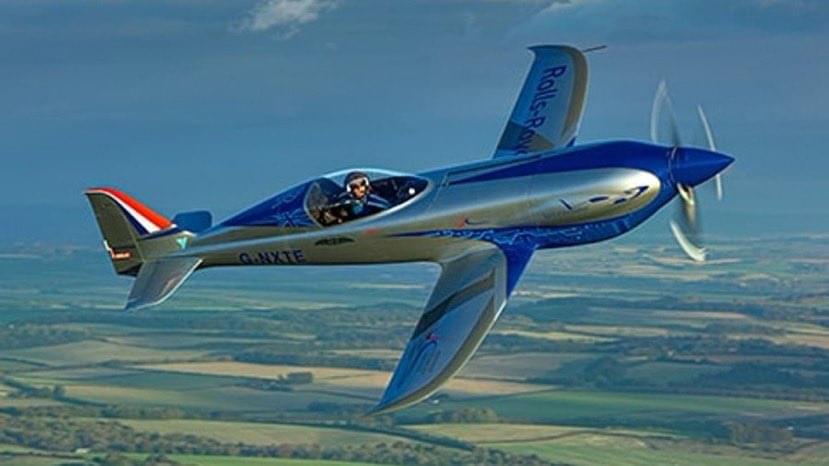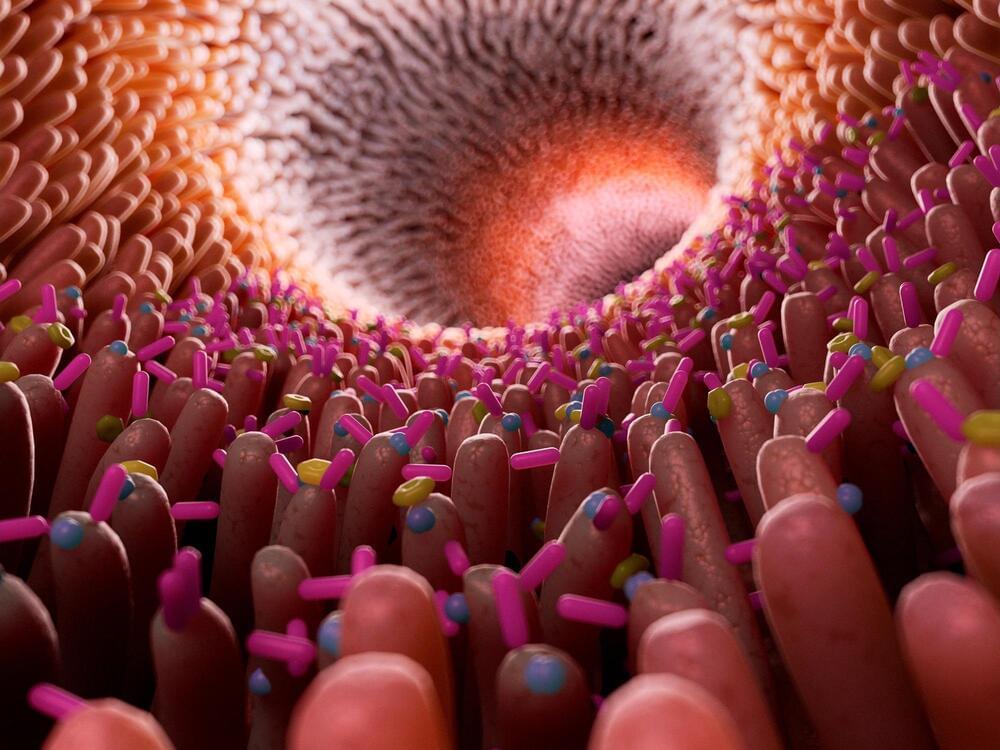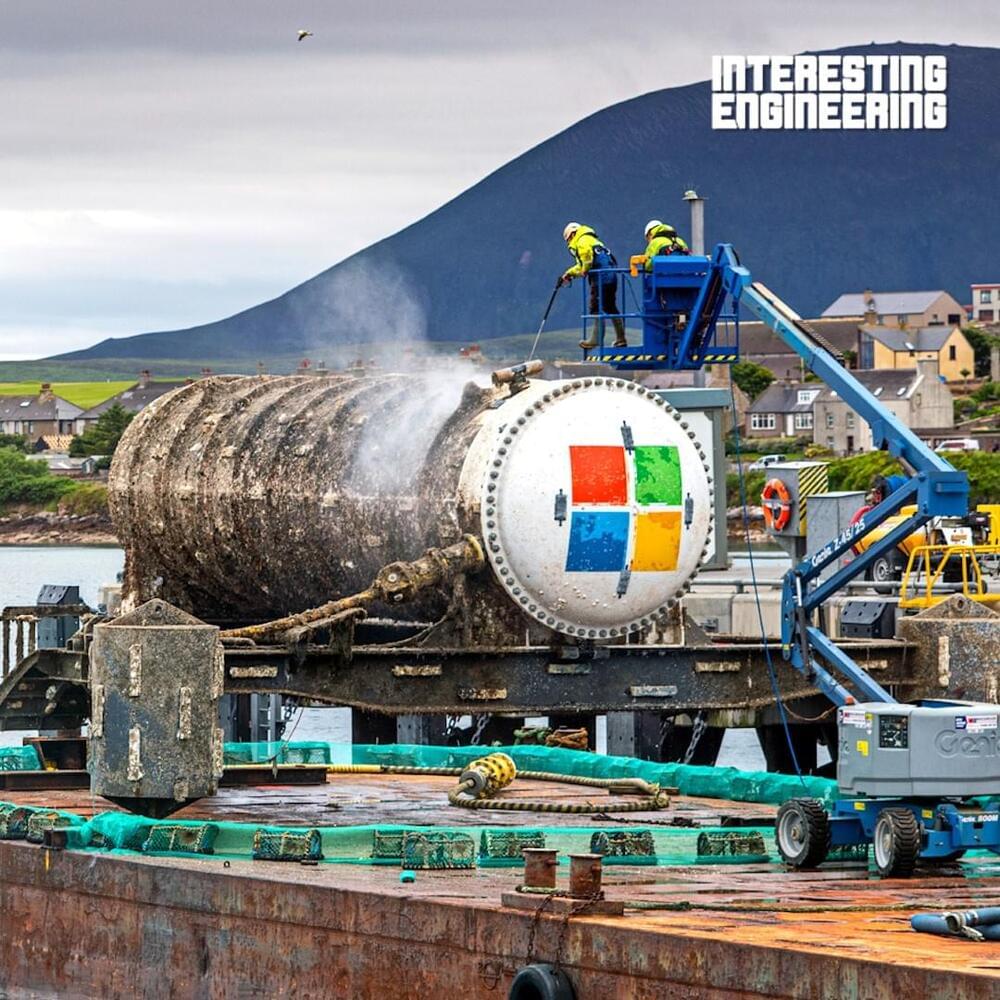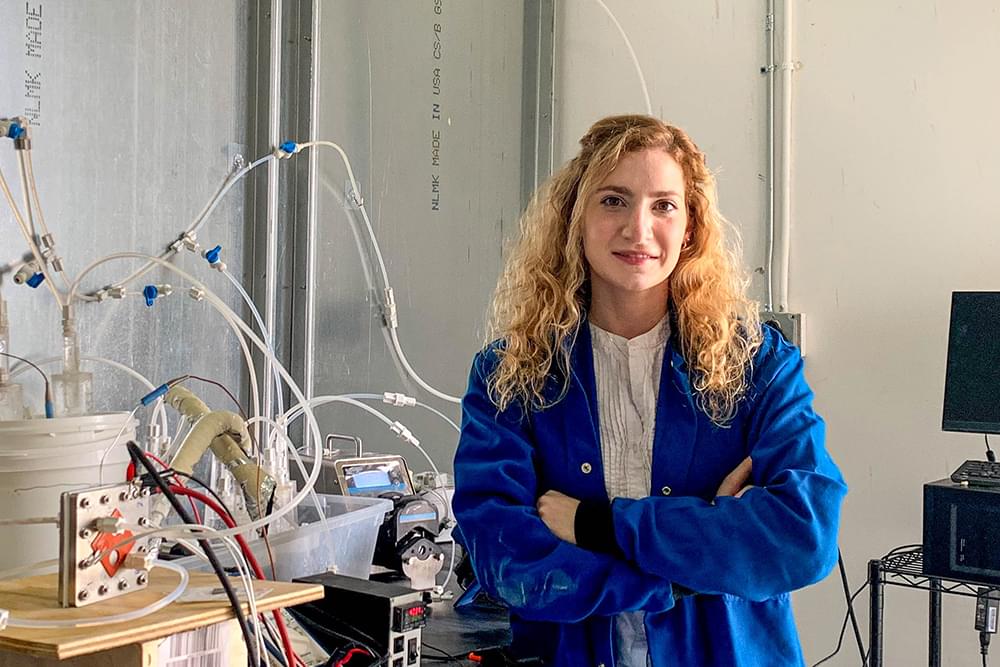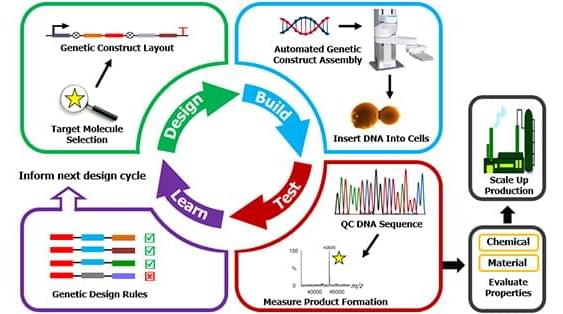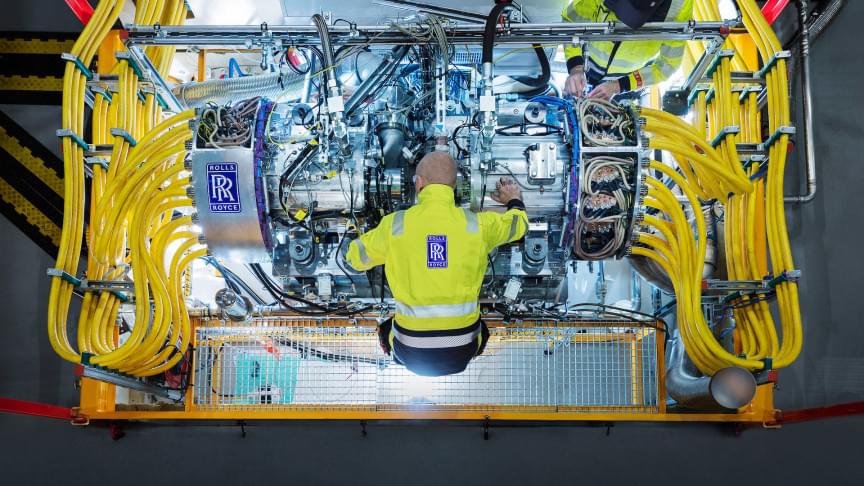Dec 13, 2021
World’s Fastest Aircraft: British Engineering Firm ‘Smashed’ All Records Of Environment Friendly Electric Planes
Posted by Chima Wisdom in categories: engineering, sustainability, transportation
Rolls-Royce, the 115-year-old iconic British Engineering firm, has now achieved a new feat. After manufacturing world-class jet engines, it has left its mark in the electric aviation world.
Spirit of Innovation, a single-seat, electric-powered propeller plane built by Rolls-Royce, obliterated the zero-emission speed record, reaching over 556 kilometers per hour (345 mph) over a three-kilometer distance—and even maxing out at 623 kilometers per hour. This flight successfully smashed all previous records of electric planes which are environment friendly.
With a clarion call given by the COP26 on the need to cut emissions, Rolls-Royce has presented itself as a company that could earnestly provide that solution. With the aviation industry registering a record number of flights after a year of lockdowns, the emissions are set to grow further.
